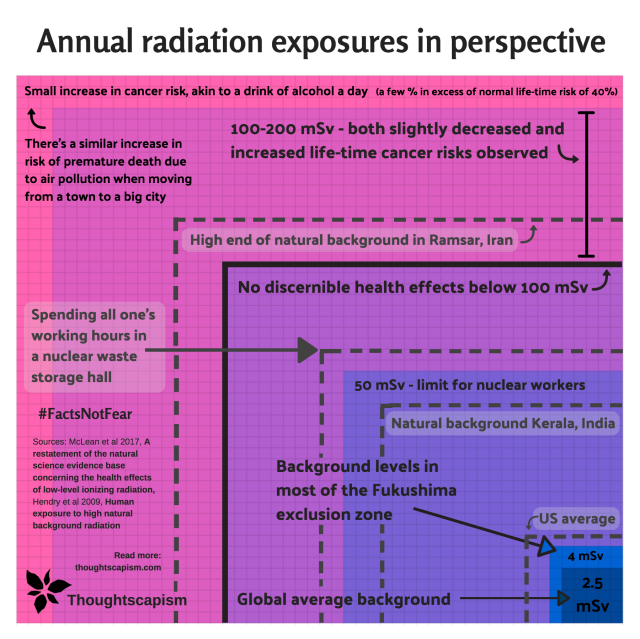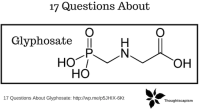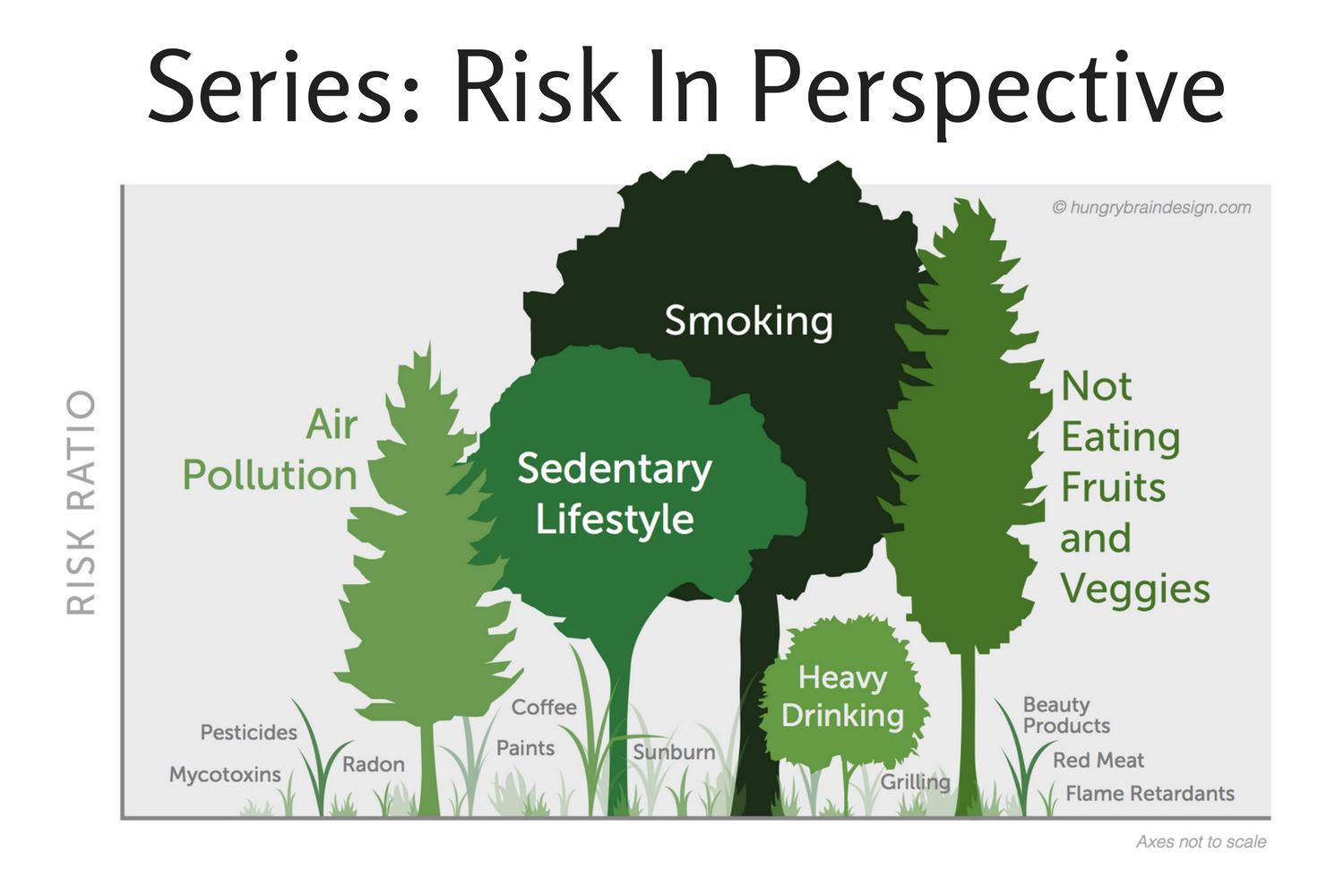I was very moved after hearing the heartfelt testimonies of teacher Yoshiko Aoki, high-school student Moe Harada, and a group of students dialling in from Fukushima to the OECD NEA risk communication workshop in Paris. I previously shared with you their Stories from Tomioka town, Fukushima. But I felt that I needed to do more – I wanted to honour the last plea the students made before they hung up:
“Everyone should try to know the real facts about Fukushima.”

Within Tomioka town there are still off-limits areas barred with metal fences.
I have tried to do just that. I looked for information on the areas that were so painful for the teacher, Ms Aoki to see: where inhabitants of Tomioka town are still barred from entering. Although coming back to their homes in 2017 was cause for happiness and an opportunity to finally begin to heal for Aoki and more than a thousand others, the existence of these off-limit areas sounded from her account like wounds in the town itself.
“There are barriers in our town, where people are forbidden to go.”
In this piece write about my attempt to understand the kind of risks the authorities were protecting their people from with such extreme measures. Continue reading










